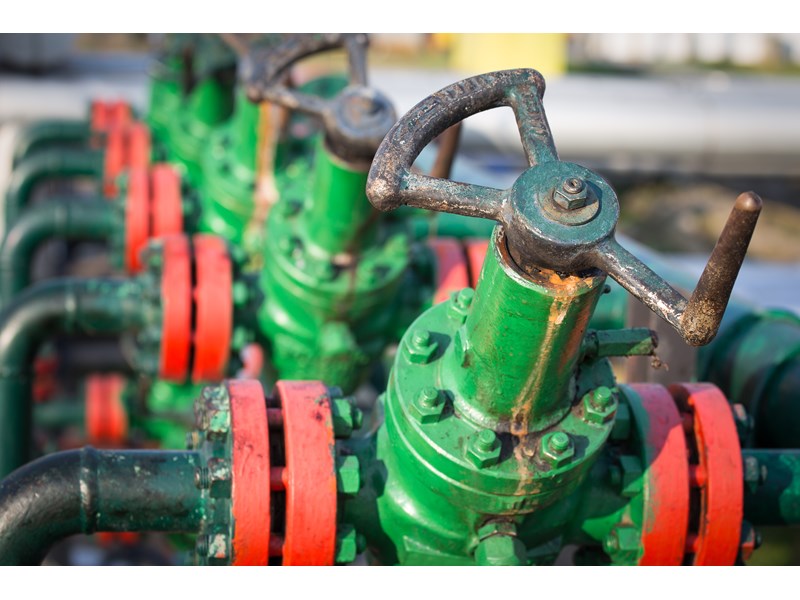What does peak oil demand mean for the supply chain?
With the world now considering a structural decline in oil demand, how will the supply chain follow their customers?
1 minute read
As we approach peak oil demand, the upstream supply chain will need to continue to follow its customers, even as that customer base potentially moves into other sectors. Certain segments of the supply chain will be better suited to this transition away from oil and gas than others. For example, those involved in parts of the supply chain like electronic cabling, turbine manufacturing, or installation and moving will find it fairly easy to follow the flow of work out of oil and gas and into alternative energy or mining.
We may see some in the supply chain renew their focus on offshore, where many energy sources remain untapped due to the current lack of innovative technology. Upstream supply chain could begin to target this area, taking the lessons learned from successful onshore technologies and adapting it for offshore. This could happen sooner than expected, as supply chain contends with continued low oil prices, which are likely to become lower as we approach peak demand. Looking forward, what supply chain will have to do is build on the lessons learned from the downturn: continue to innovate, collaborate and find more cost-effective ways to do business.
As part of our coverage on peak demand, we asked Caitlin Shaw, Research Director – Upstream Supply Chain, to share her perspective on the changes we can expect to see in the supply chain as we approach peak oil demand and how she anticipates that technology will evolve.

Watch the webinar
Hear more from Caitlin in our latest supply chain webinar focussing on upcoming FIDs in deepwater:
In our full peak oil demand series, we look more closely at the impacts on the upstream, coal, metals, refining, chemicals, gas, power and renewables industries and how companies will adapt. You can also read more about the impact electric vehicles will have on oil demand.





